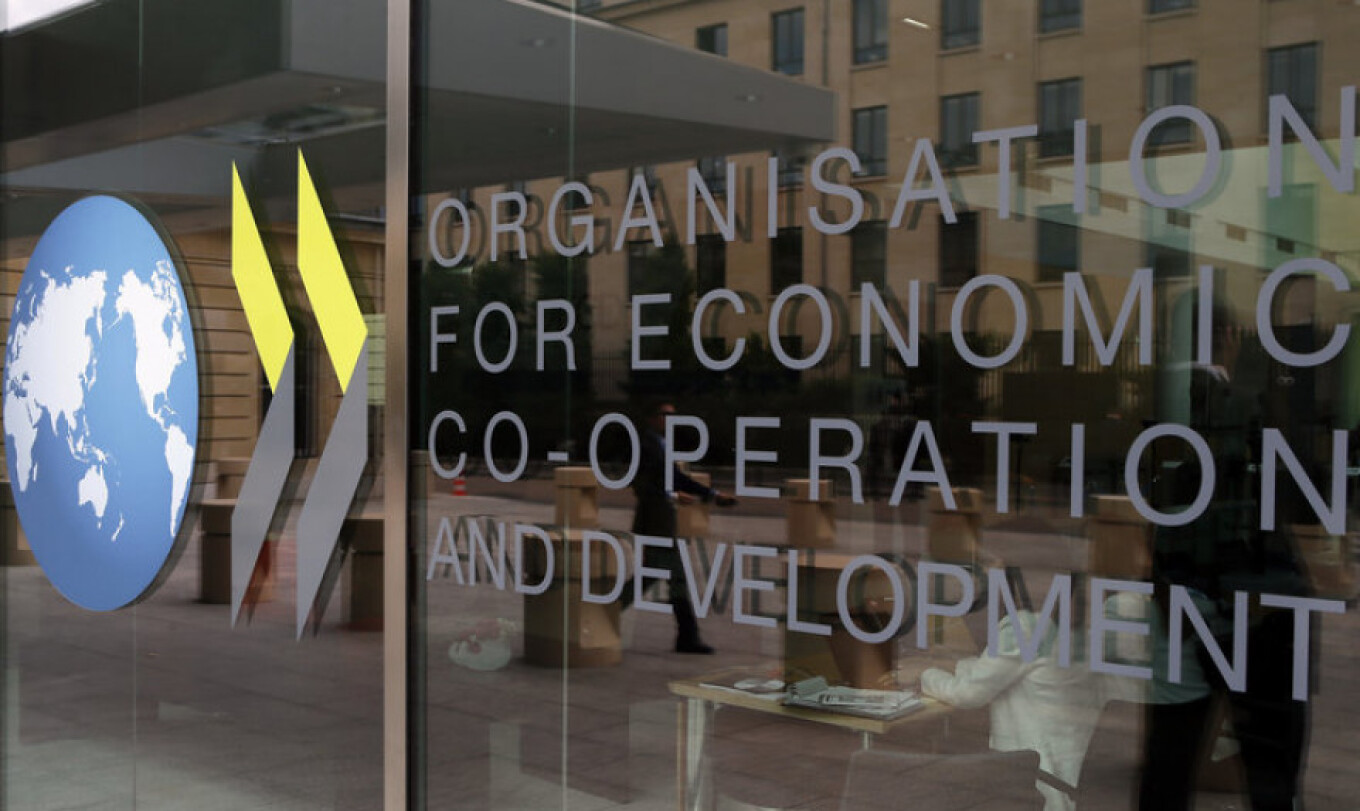The OECD forecasts a growth rate of the Greek economy of 2.2% in 2023 and 1.9% in 2024 in its six-monthly report (economic outlook) published today.
Growth remains strong despite headwinds, the report notes, with fixed investment expected to increase by 8.9% as implementation under the Recovery and Resilience Fund intensifies.
The report says that in the last quarter of 2022 and early 2023, real consumption continued to rise, reflecting strong employment growth, while unemployment is forecast to decline from 12.4% last year to 11.2% this year and further to 10.4% in 2024. Private consumption is expected to grow less this year than in 2022 (1.7% vs. 8%) due to the reduction in household purchasing power from inflation.
For the harmonised index of inflation, the OECD notes that it has been falling since September 2022 but has gained a broader base. It predicts it will fall from 9.3% last year to 3.9% this year and further to 3.2% in 2024, while core inflation – which excludes energy, food, alcohol, and tobacco prices – is expected to rise from 4.6% last year to 5.5% this year, before falling to 3.3% in 2024. Prices for electricity, natural gas, and heating fell in April by 27.9% from their peak of last September.
Ongoing labour shortages are driving up wages, the OECD notes, adding that the rate of increase has accelerated and that in April the minimum wage rose 9.4% after increases of about 10% in the first half of 2022.
The achievement and maintaining the government’s planned return to primary surpluses – to nearly 1% of GDP this year and 2% in 2024 – will help Greece manage inflationary pressures and achieve investment grade, the report said. The general government deficit is projected to fall from 2.5% of GDP last year to 1.5% this year and further to 1.3% in 2024.
The public debt will continue to decrease from 170.7% of GDP last year to 163.4% this year and 157.9% in 2024. The report also refers to the reduction of the spreads of the Greek 10-year bonds in relation to the corresponding German ones close to 130 basis points at the end of May from October 2022 highs.
The current account deficit is forecast to stand at 9.5% this year and 8.7% in 2024.
Further increases in employment rates, particularly of women and youth, would help address labour shortages, according to the OECD. Promoting the use of parental leave and flexible working arrangements and expanding childcare facilities could improve employment rates for women and young people, it says.
The OECD notes that the risk of new bad loans due to higher interest rates is limited by the Greek banks’ agreement to freeze mortgage rates until April 2024 as well as the relatively high proportion of recent fixed-rate loans.
Ask me anything
Explore related questions





